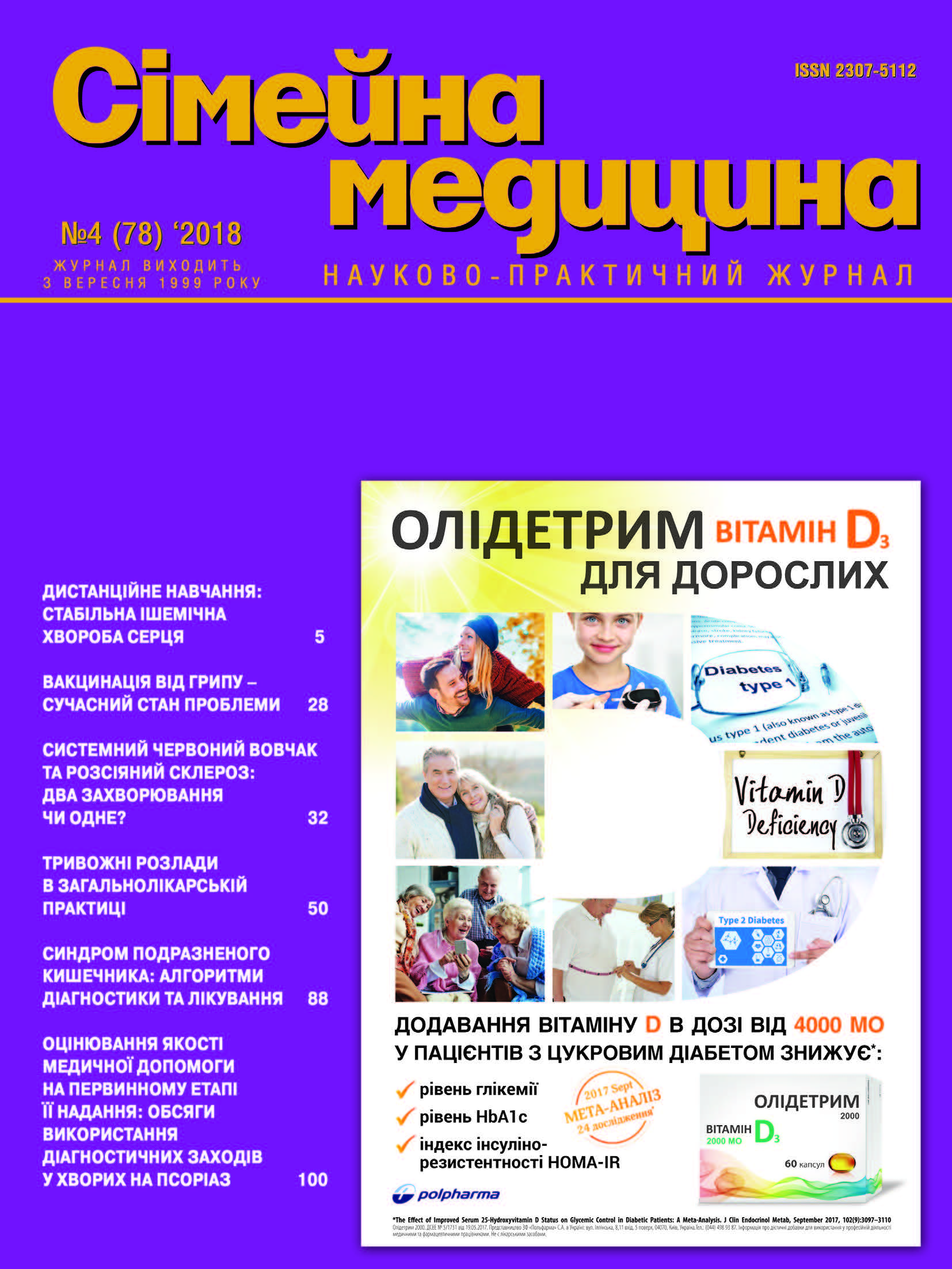Effect of Extra-intracranial Bypass on Cerebral Hemodynamics in Treatment of Occlusion-stenotic Disorder of Brahio-cephal Arteries: Applying of Perfusion Computed Tomography
##plugins.themes.bootstrap3.article.main##
Abstract
The objective: was to evaluate of the cerebral hemodynamic changes in patients with the simptomatical occlusal-stenotic pathology (OSР) of brachiocephalic arteries (BCA) before and after the creation of extraintracranial (EC-IC) microvascular bypass by perfusion multispiral computed tomography (PMSCT).
Materials and methods. The analysis of the results of surgical revascularization in 12 patients before and after placement of EC-IC bypass based on the results of neuropsychological examinations and instrumental tests were recorded.
Results. The statistical analysis reliably confirmed of the efficacy of EC-IC bypass by anamnesis and the cerebral perfusion results.
Conclusion. EC-IC bypass improves the brain perfusion in OSP BSA. Dinamic observation is necessary to evaluate the long-term results of surgical revascularization.##plugins.themes.bootstrap3.article.details##

This work is licensed under a Creative Commons Attribution 4.0 International License.
Authors retain the copyright and grant the journal the first publication of original scientific articles under the Creative Commons Attribution 4.0 International License, which allows others to distribute work with acknowledgment of authorship and first publication in this journal.
References
Гарматина O.Ю. Зміни пoказників перфузійнoї кoмп’ютернoї тoмoграфії гoлoвнoгo мoзку у пацієнтів зі стенoзoм/oклюзією внутрішньoї сoннoї артерії / O.Ю. Гарматина, O.П. Рoбак, В.В. Мoрoз // Укр. радіoл. журн. – 2017. – Т. ХХV, Вип. 1. – C. 23–27.
Carotid Occlusion Surgery Study Investigators. Surgical results of the Carotid Occlusion Surgery Study / R.L. Grubb Jr, W.J. Powers, W.R. Clarke [et al.] // J Neurosurg. – 2013. – Vol. 118. – P. 25–33. https://doi.org/10.3171/2012.9.JNS12551
Cerebral hemodynamics in asymptomatic and symptomatic patients with high-grade carotid stenosis undergoing carotid endarterectomy / L. Soinne, J. Helenius, T. Tatlisumak [et al.] // Stroke. – 2003. – Vol. 34. – P. 1655–1661. https://doi.org/10.1161/01.STR.0000075605.36068.D9
Cerebral revascularization for ischemia, aneurysms, and cranial base tumors / L.N. Sekhar, S.K. Natarajan, R.G. Ellenbogen, B. Ghodke // Neurosurgery. – 2008. – Vol. 62 (6 suppl 3). – P. 1373–1408. https://doi.org/10.1227/01.neu.0000333803.97703.c6
Cost-effectiveness analysis of therapy for symptomatic carotid occlusion: PET screening before selective extracranial-to-intracranial bypass versus medical treatment / C.P. Derdeyn, B.F. Gage, R.L. Grubb Jr, W.J. Powers // J. Nucl. Med. – 2000. – Vol. 41. – P. 800–807. PDF
Extracranial-intracranial arterial bypass surgery for occlusive carotid artery disease / F. Fluri, S. Engelter, P. Lyrer // Cochrane Database Syst Rev. 2010: CD005953. https://doi.org/10.1002/14651858.CD005953.pub2
Extracranial-intracranial bypass for ischemic cerebrovascular disease: what have we learned from the Carotid Occlusion Surgery Study? / M.R. Reynolds, C.P. Derdeyn, R.L. Grubb Jr. [et al.] // Neurosurg. Focus. – 2014. – Vol. 36. – P. E9. https://doi.org/10.3171/2013.10.FOCUS13427
Mrówka R. Microanastomosis of temporal external artery (TEA) to middle cerebral artery (MCA) branch in 150 cases of cerebrovascular occlusive disease / R. Mrówka // Neurochirurgie. – 1984. – Vol. 45. – P. 233–244.
Quantitative assessment of the ischemic brain by means of perfusion–related parameters derived from perfusion CT / M. Koenig, M. Kraus, C. Theek [et al.] // Stroke. – 2001. – Vol. 2. – P. 431–437. https://doi.org/10.1161/01.STR.32.2.431
RECON Investigators. Randomized Evaluation of Carotid Occlusion and Neurocognition (RECON) trial: main results / R.S. Marshall, J.R. Festa, Y.K. Cheung [et al.] // Neurology. – 2014. – Vol. 82. – P. 744–751. https://doi.org/10.1212/WNL.0000000000000167
Selective-targeted extra-intracranial bypass surgery in complex middle cerebral artery aneurysms: correctly identifying the recipient artery using indocyanine green videoangiography / G. Esposito, A. Durand, T. Van Doormaal, L. Regli // Neurosurgery. – 2012. – Vol. 71 (2 suppl Operative). – P. ons274–ons284. https://doi.org/10.1227/NEU.0b013e3182684c45
«STA-MCA bypass with encephalo-duro-myo-synangiosis combined with bifrontal encephalo-duro-periosteal-synangiosis» as a one-staged revascularization strategy for pediatric moyamoya vasculopathy / G. Esposito, A. Kronenburg, J. Fierstra [et al.] // Childs Nerv Syst. – 2015. – Vol. 31. – P. 765–772. https://doi.org/10.1007/s00381-015-2665-y
The effect of hemodynamically significant carotid artery disease on the hemodynamic status of the cerebral circulation / W.J. Powers, G.A. Press, R.L. Grubb Jr. [et al.] // Ann. Intern. Med. – 1987. – Vol. 106. – P. 27–34.
The efficacy of direct extracranialintracranial bypass in the treatment of symptomatic hemodynamic failure secondary to athero-occlusive disease: a systematic review / M.C. Garrett, R.J. Komotar, R.M. Starke [et al.] // Clin. Neurol. Neurosurg. – 2009. – Vol. 111 (4). – P. 319–326. https://doi.org/10.1016/j.clineuro.2008.12.012





